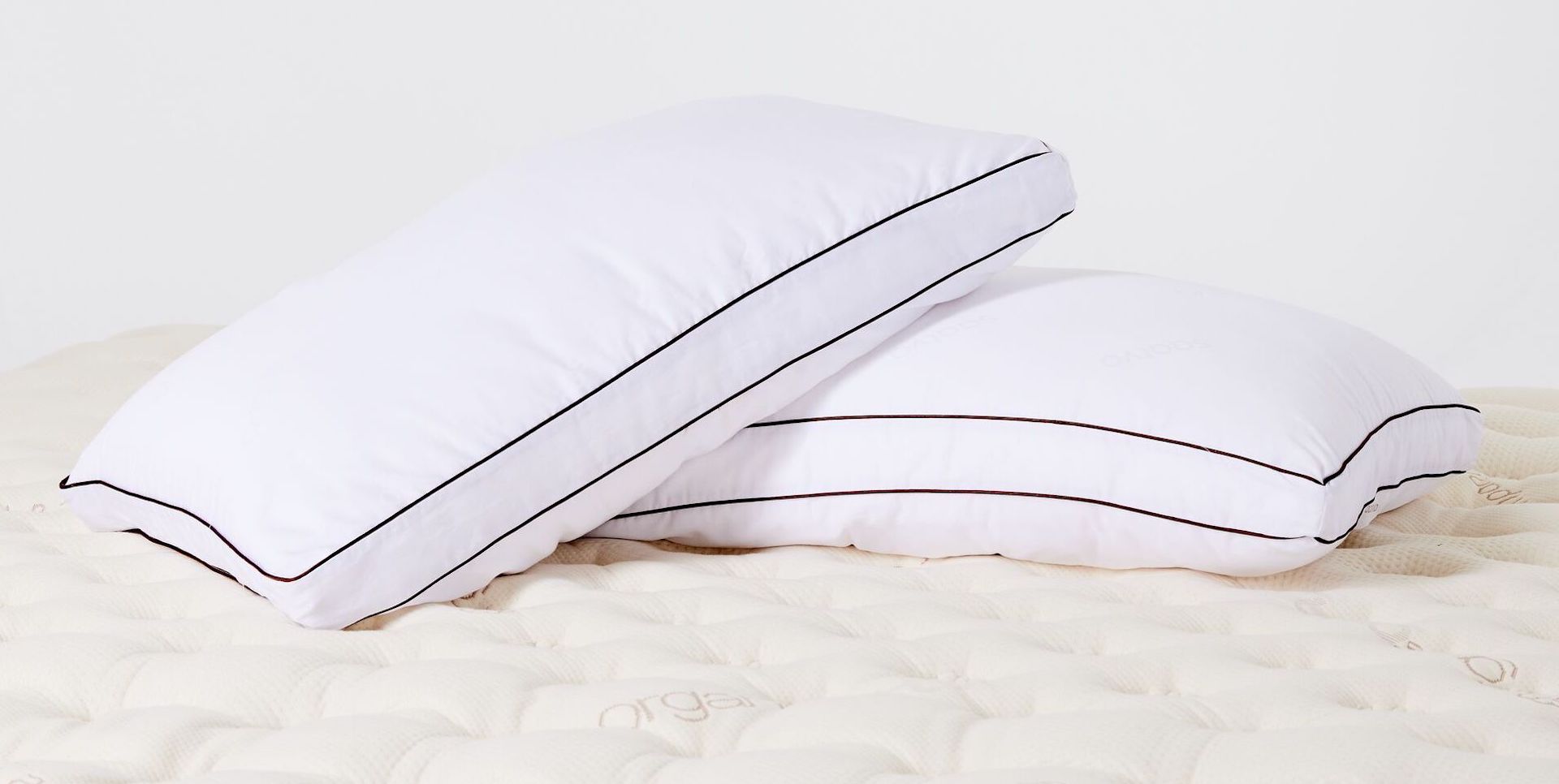We all have our preferred sleeping positions—some of us, even from childhood. Many children sleep on their tummies—and perhaps it’s something you’ve carried into adulthood, doing so each and every night.
As comfortable as the position is to you, you may be surprised to learn that stomach sleeping is generally advised against.
“Sleeping on your stomach can place strain on your back and neck,” says Lauri Leadley, president and clinical sleep educator at Valley Sleep Center. “Stomach sleepers also report more tossing, turning, and restlessness during the night as well.”
Below, we’ll provide more information on stomach sleeping and how to improve your sleep as a stomach sleeper.
What is a stomach sleeper?
A stomach sleeper is “someone who places most of their weight on the front side of their body while sleeping,” says Leadley. “There are variations on the stomach sleeper—however, defaulting to chest and tummy to mattress is what constitutes a stomach sleeper.”
Types of stomach sleepers
While nothing entirely definitive has been deduced, there have been some fascinating research discoveries made linking sleeping positions to personality traits, physical and mental health quality, and dream activity and recall, notes Leadley.
“We love the notion of linking position to personality traits and always take this into consideration whenever a sleep study is performed,” she says.
Here are some typical stomach sleeping positions, along with what they might say about your personality.
Free faller
“Free fallers sleep on their stomachs with their head to the side,” Leadley says. “Some sleep with the pillow, however, this can cause strain on a sideways-resting head— and some omit the pillow completely.”
Personality-wise, Leadley says people who sleep like this are often said to approach life in a free-fall style, taking risks and opting for the “backroads” over conventional planning.
Running man
For this position, people generally sleep on their stomachs with one arm to the side with the other arm and leg up.
“Running man sleepers tend to sleep with their faces down into the pillow,” says Leadley. “Placing a small pillow on the edge of your pillow just under the forehead will help you breathe easier and will relieve strain on the neck.”
When it comes to personality, running man sleepers tend to be those who are always on the go and can’t sit still, “running” to the next adventure, adds Leadley.
Skydiver
“Skydivers sleep with one leg up and both arms up over the head,” Leadley explains. “This sounds incredibly uncomfortable, but sleeping this way allows for a nice stretch and can help a bit with circulation.
Personality-wise, skydivers are known to have a childlike character and love adventure, says Leadley.
Is sleeping on your stomach bad?
You might be wondering, “Is it bad to sleep on your stomach?” Like any sleep position, there are benefits and drawbacks of stomach sleeping.
Pros
According to Leadley, some of the positive attributes of stomach sleeping include:
- Reducing sleep apnea symptoms
- Reducing acid reflux
- Reducing snoring
“But we don’t recommend addressing snoring, sleep apnea, or really any other symptom of poor sleep by simply changing your position,” Leadley cautions. “Our motto? Get to the root cause and treat it.”
Cons
Leadley shares the not-so-great things about stomach sleeping:
- Aches and pains, specifically strain and tightness in the back, neck, and shoulders
- “Mattress lines” from face-planting a pillow: “Consistently sleeping with your face to the mattress or pillow can cause wrinkles,” she says.
Best sleep tips for stomach sleepers
Despite the drawbacks, maybe you just can’t imagine yourself as any other sleeper than a stomach sleeper. In this case, Leadley shares a couple of her top tips:
- Make sure you’re using a softer pillow so that your neck doesn’t stay resting at odd angles during your slumber.
- Make sure your breathing is easy and not disrupted.
Best mattress for stomach sleepers
For mattresses that are best for sleeping on the stomach, Leadley says it’s quite simple: “Stomach sleepers do best with a medium-firm to firm mattress.” This will help support your body and spine in a position that, at times, isn’t ideal for your back, neck, and shoulders.
Best pillow for stomach sleepers
And the perfect stomach sleeper pillow? Leadley says it’s a “soft, plump pillow,” something that can be forgiving under your face as you sleep. (Here’s why sleeping without a pillow might be a good option for stomach sleepers.)
FAQs
How do you sleep as a stomach sleeper?
Preferably on a medium-firm to firm mattress that will provide ample support along with a soft, plump pillow that will serve as a comfortable spot for your face and head to rest.
How do I stop being a stomach sleeper?
“Habits are hard to break, but try to shift your body weight throughout the night and use a pillow under one leg,” Leadley says. “This may prompt you to a side position.”
You can also start the night out on your back and see if you can drift off to a meditation app. “Even if you sleep halfway or a few hours through the night on your back, it could be a good place to start,” she says. “Sleeping on your back is best.”
Should stomach sleepers use a pillow?
“A pillow to prop up the forehead or pelvis is recommended,” Leadley says.
Where should I put a pillow if I sleep on my stomach?
You should put a pillow right under your forehead or pelvis when sleeping to provide the support you need.
Shop mattresses and pillows for stomach sleepers at Saatva
Saatva offers a wide range of high-quality mattresses and pillows suited for stomach sleepers. All of our mattresses come with a 365-night home trial and lifetime warranty so you can try one out before deciding if it’s right for you.
Take our mattress quiz to find your perfect match.







